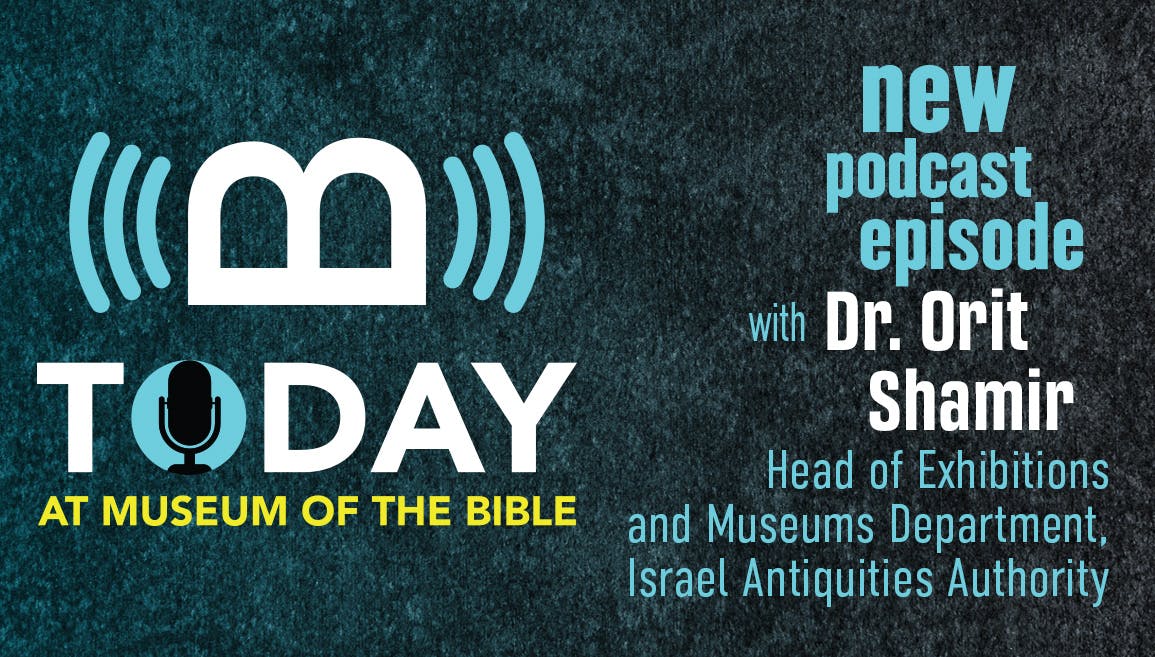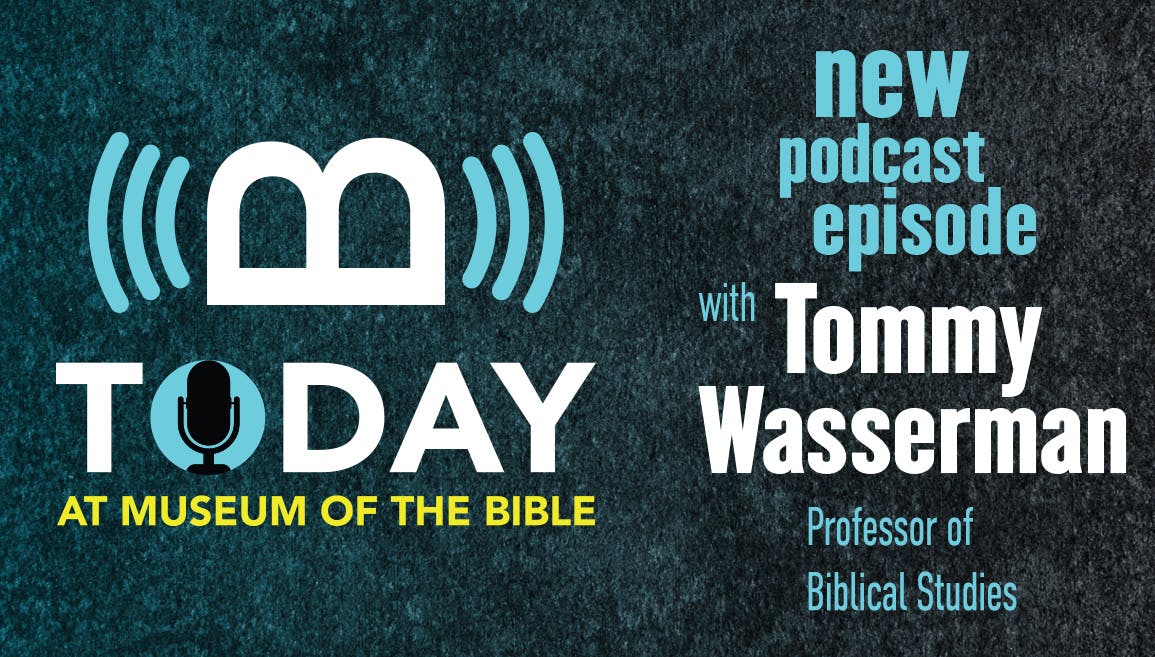The Bible, Byzantium, and ... Dolce & Gabbana?
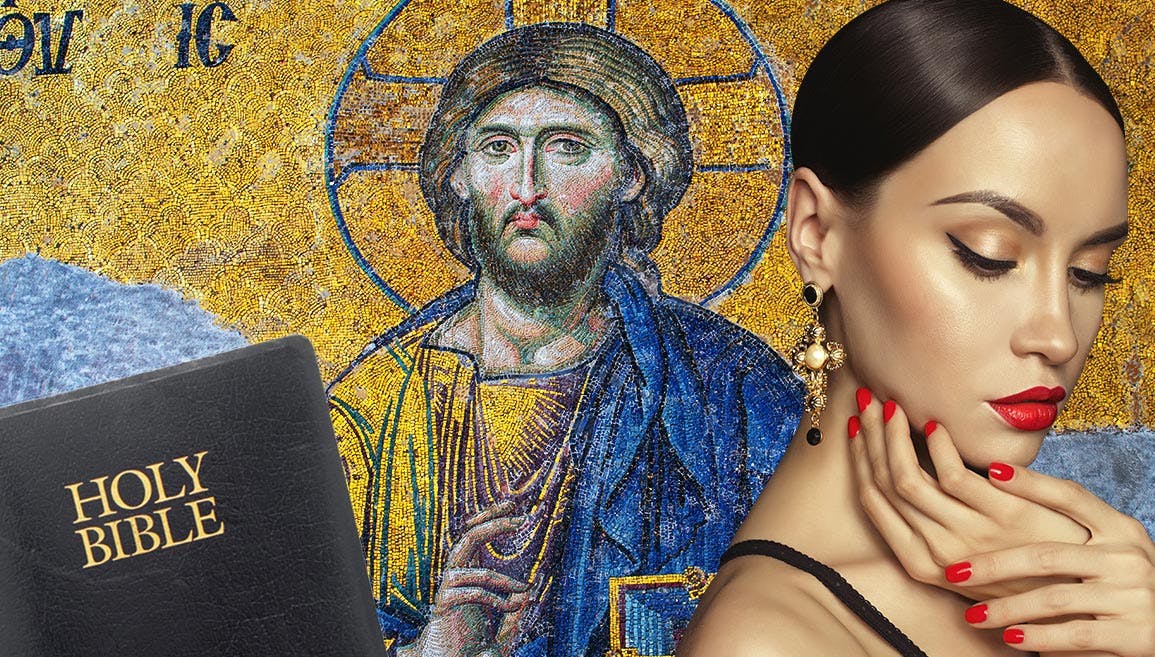
In 2013, fashion designers Domenico Dolce and Stefano Gabbana debuted a collection titled, “Tailored Mosaic,” inspired by the Cathedral of Monreale, a beautifully decorated church from the era of the Byzantine Empire. Models walked the Milan runway adorned in golden dresses emblazoned with religious figures and embellished with elaborate jewelry that reflected the opulence of this once powerful, Christian, Eastern Roman Empire.
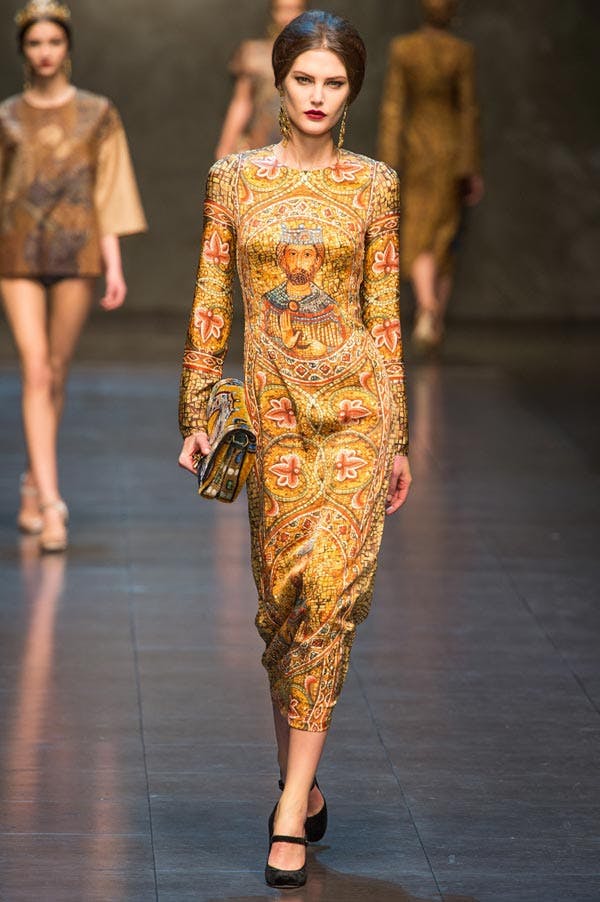
Figure 1: Model Catherine McNeil from the “Tailored Mosaic” collection walking the runway at Dolce & Gabbana’s 2013 Fall/Winter Ready-to-Wear fashion show. Image by Filippo For / InDigital | GoRunway, https://www.vogue.com/fashion-shows/fall-2013-ready-to-wear/dolce-gabbana/slideshow/collection#13, accessed 8.16.2021.
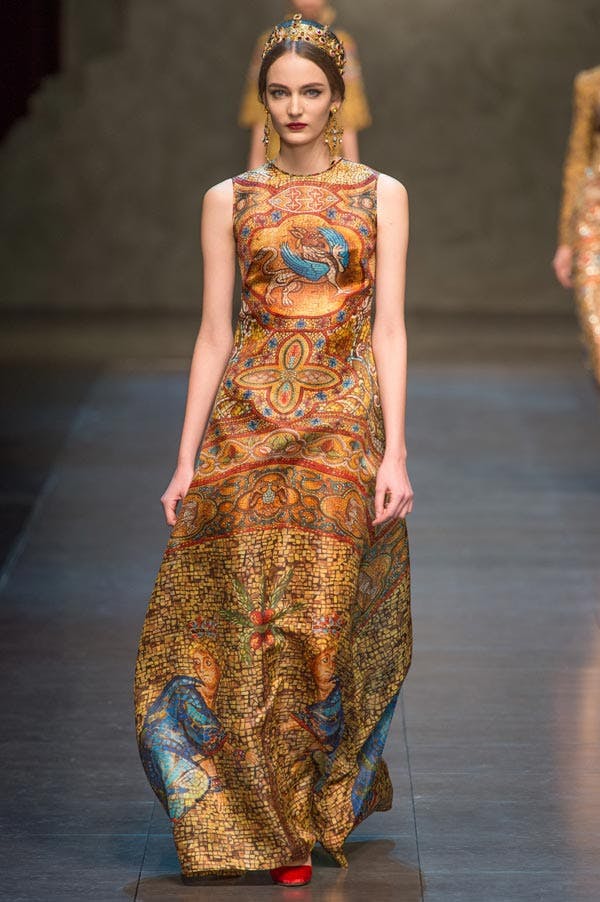
Figure 2: Model Zuzanna Bijoch from the “Tailored Mosaic” collection walking the runway at Dolce & Gabbana’s 2013 Fall/Winter Ready-to-Wear fashion show. Image by Filippo For / InDigital | GoRunway, https://www.vogue.com/fashion-shows/fall-2013-ready-to-wear/dolce-gabbana/slideshow/collection#8, accessed 8.16.2021.
But Why the Byzantine Empire?
Designers draw inspiration from their own background and experiences, often using historical and/or religious themes in their artistic choices. For Dolce and Gabbana, their shared Italian Catholic upbringing likely played a part in their creative decision to emulate the mosaics that decorate this Byzantine church and others like it — not to mention historical and religious images like these are free of copyright, and thus easy to use and replicate.
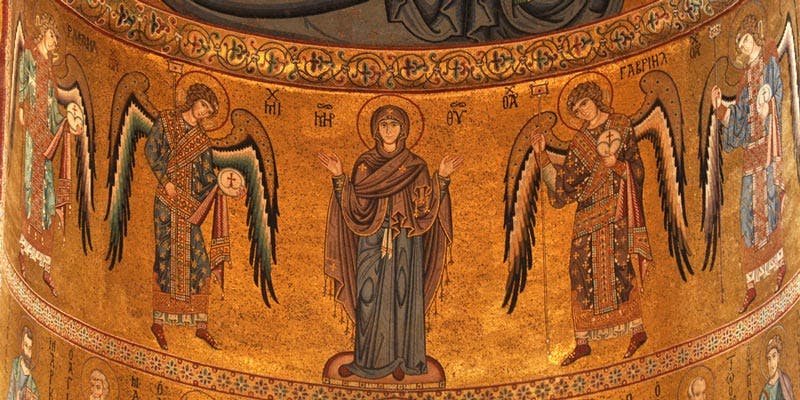
Figure 3: Mosaic of Mary with angels from the Cathedral of Cefalú in Sicily that inspired fashion icons Dolce and Gabbana. Image by Richard Stracke, https://www.christianiconography.info/sicily/maryAngelsCefaluCathedral.html.
But What Was the Byzantine Empire?
The Byzantine Empire began as the eastern half of the Roman Empire. After the Western Roman Empire collapsed in the fifth century, the Byzantine Empire became the ruling power in the Mediterranean world with all the riches and wealth of the continents of Europe, Asia, and Africa passing through it until the rise of the Ottoman Empire in the fifteenth century. Christianity thrived under Byzantine rule, having been legalized by the Roman emperor Constantine in AD 323. This act allowed Christians to finally worship in public and create their own sacred spaces adorned with images that conveyed theological positions and reminded patrons of biblical stories and saints, as well as the heaven that awaited them. Frescoes and mosaics were the most popular media used for decorating churches and cathedrals throughout Byzantine territories. Beautiful examples of this Byzantine art form survive in the Hagia Sophia in Istanbul (Constantinople), the Church of San Vitale in Ravenna, and the Cathedrals of Monreale, Cefalú, and Martorana in Sicily.
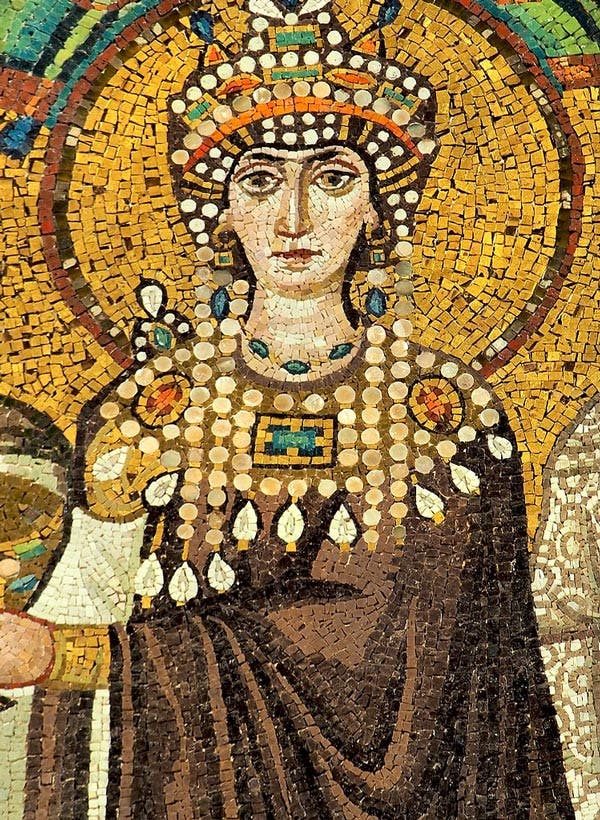
Figure 4: Mosaic of Empress Theodora from the Church of San Vitale in Ravenna, Italy, that artists Dolce and Gabbana used for inspiration. Image by Petar Milošević, April 27, 2015.

Figure 5: 2013 Dolce & Gabbana “Tailored Mosaic” dress with image of Mary inspired by the images of Mary from Cefalú and of Empress Theodora from Ravenna. Not on display. © Museum of the Bible, 2020.
But What Did Byzantine Mosaics Look Like?
Byzantine mosaics are characterized by their stylized (simplified) figures and extensive use of gold, which reflected light throughout the interior of the church. Unlike earlier Hellenistic mosaics, which used pebbles and stones of irregular shape, Byzantine mosaics adapted the Roman method of embedding glass tesserae (Greek for “squares”) into wet cement, giving the image a very clean and orderly appearance. These characteristics can be seen on the garments in Dolce and Gabbana’s 2013 collection.

Figure 6: Example of the similarities between the inspirational mosaics and the 2013 Dolce & Gabbana collection. Image from Panepirotic Federation of Australia, “Dolce’s Byzantine Gabbana,” Saturday, July 27, 2013, http://diatribe-column.blogspot.com/2013/07/dolces-byzantine-gabbana.html, accessed 8.16.2021.
But What Does This Have to Do with Museum of the Bible?
Museum of the Bible owns several pieces from this collection! These have been on a rotational display on our Impact of the Bible Floor since 2017. One of the dresses was a highlight of the 2013 runway show and features an image of Mary, the mother of Jesus, directly inspired by a twelfth-century mosaic from the Cathedral of Cefalú. The colors of her garment have been slightly altered and an elaborate crown with hanging jewels has been added to her head. The additional headpiece is similar to that of Empress Theodora, seen in a sixth-century mosaic from the Church of San Vitale in Ravenna. In addition to this piece, the museum also owns a strapless dress with a printed image of an angel (the square mosaic pattern seen prominently in the design), a bejeweled clutch, a cross necklace, and a crown — all from Dolce and Gabbana’s 2013 collection. We also own pieces from Versace, Alexander McQueen, Givenchy, and Jean-Paul Gaultier to name a few, and most recently from Chiara Boni, all of whom have featured biblical themes in their designs. On your next visit to Museum of the Bible, head up the stairs and visit our Impact of the Bible Floor to learn about how the Bible has inspired fashion designers to create beautiful works of wearable art.
“As the art of mosaic-making is a slow and precise one, achieved by placing single piece
next to the other, at the same time tailoring is made by single stitch after single stitch.”
— Dolce & Gabbana, from their runway notes at Milan Fashion Week, 2013
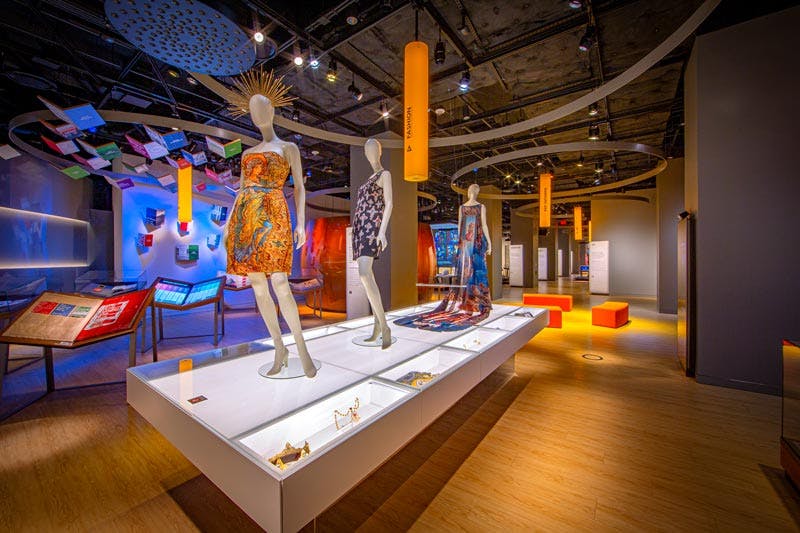
Figure 7: Museum of the Bible’s Fashion exhibit on the Impact of the Bible Floor. © Museum of the Bible, 2020.

Figure 8: 2013 Dolce & Gabbana “Tailored Mosaic” dress with image of an angel. Currently on display. © Museum of the Bible, 2020.

Figure 9: Detail of angel. © Museum of the Bible, 2020.
